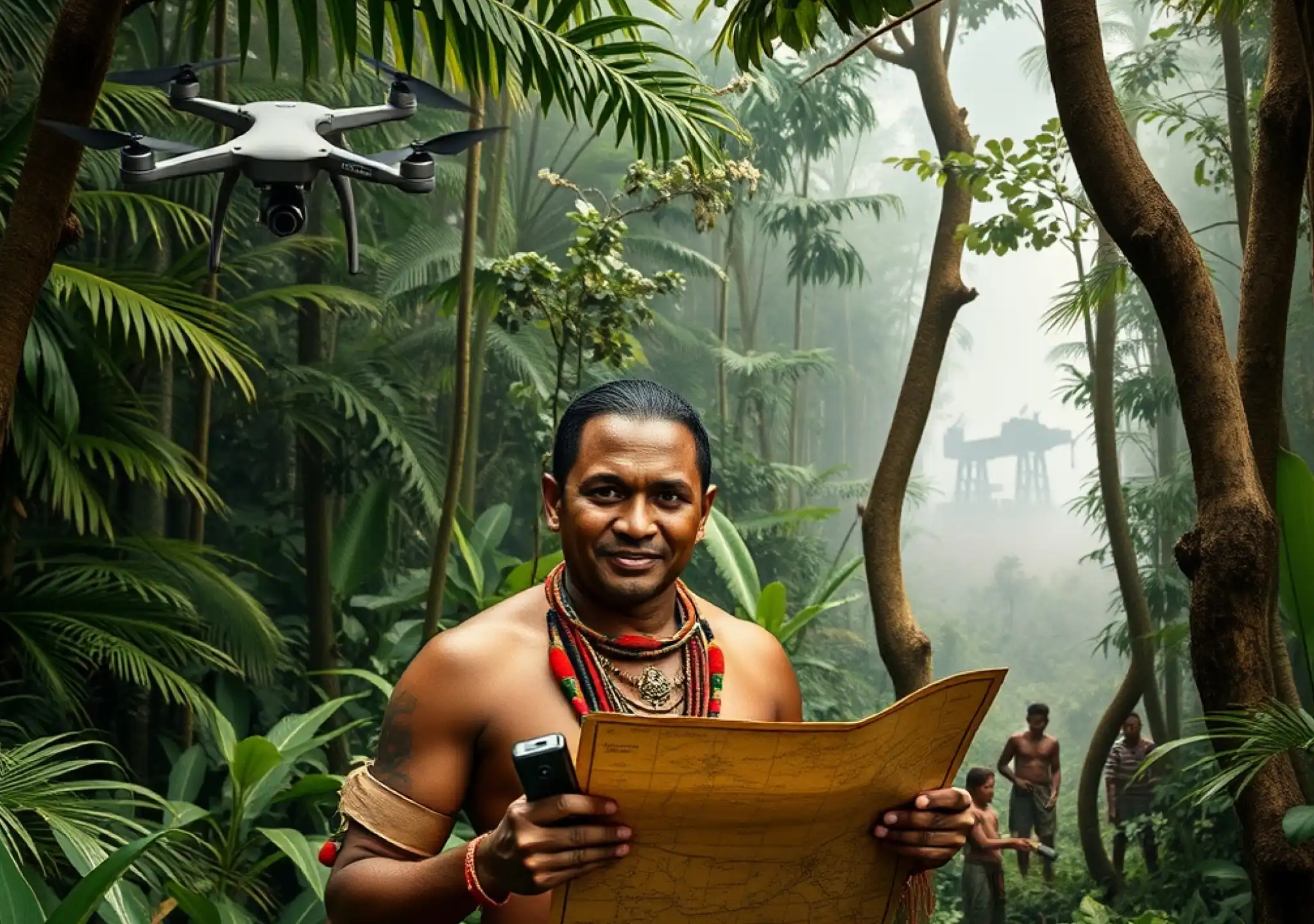“Today, we defend our land with this map. Before, we fought with spears. Now, things have changed.”
The Amazon rainforest is not only a treasure trove of biodiversity but also home to hundreds of Indigenous tribes. Many of these communities are now facing the growing threat of displacement due to deforestation and natural resource extraction. In Ecuador, approximately 70 percent of the Amazon region has already been leased to oil companies, with more land earmarked for future auctions.
One of the affected areas is known as Block 22, a large section of Waorani territory. This land is inhabited by 18 Waorani communities living without roads, and it holds immense cultural and ecological value. Within it lie ancient hunting paths, sacred burial grounds, traditional medicinal plants, historical battlegrounds, and a wide variety of wildlife and plants.
Recognizing the urgent need to safeguard their home, the Waorani people launched a bold initiative four years ago: they began mapping their land. The aim was twofold—first, to assert their legitimate ownership, and second, to preserve their cultural and environmental heritage. With the help of modern tools like GPS devices, drones, and camera traps, they have meticulously charted over 180,000 hectares. The resulting maps contain nearly 10,000 GPS reference points.
Leading the charge is Oswando Nenquimo, a member of one of the Block 22 communities. He travels between all 52 Waorani villages, sharing his knowledge of mapping technology and coordinating the project. Oswando, like many of his people, believes that the Waorani themselves must tell the story of their land. For them, mapping is more than just a technical exercise—it’s a way to protect their legacy and push back against the encroachment of industry.
Although the Ecuadorian government announced in November a pause in plans to auction Block 22, the battle is ongoing. In 2019, the Waorani intend to file a legal case against the government, seeking permanent protection for their territory. For Oswando and his community, the fight continues—with technology now serving as their strongest weapon.

